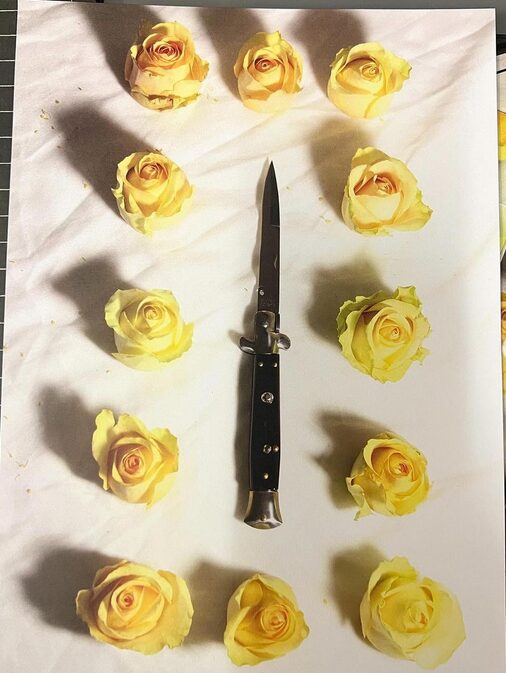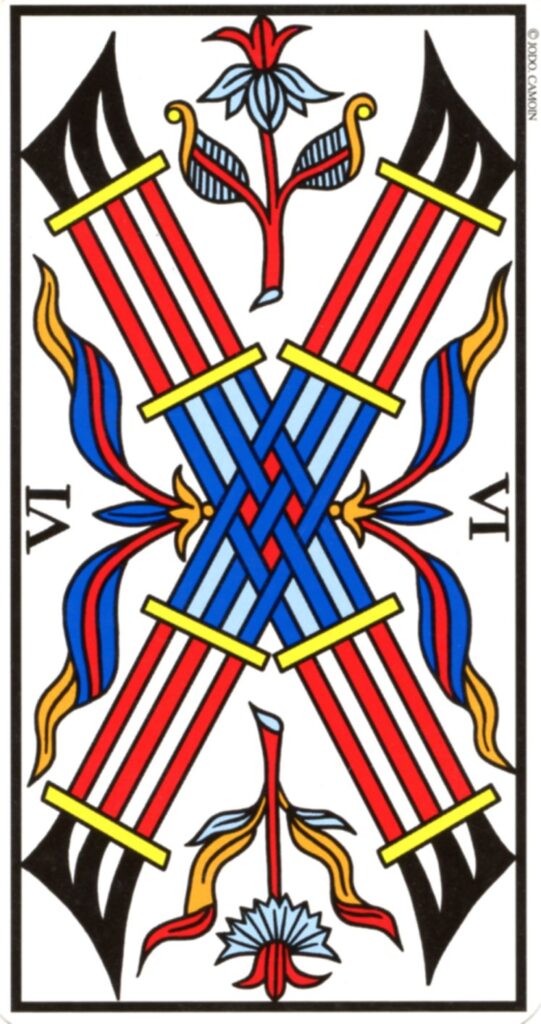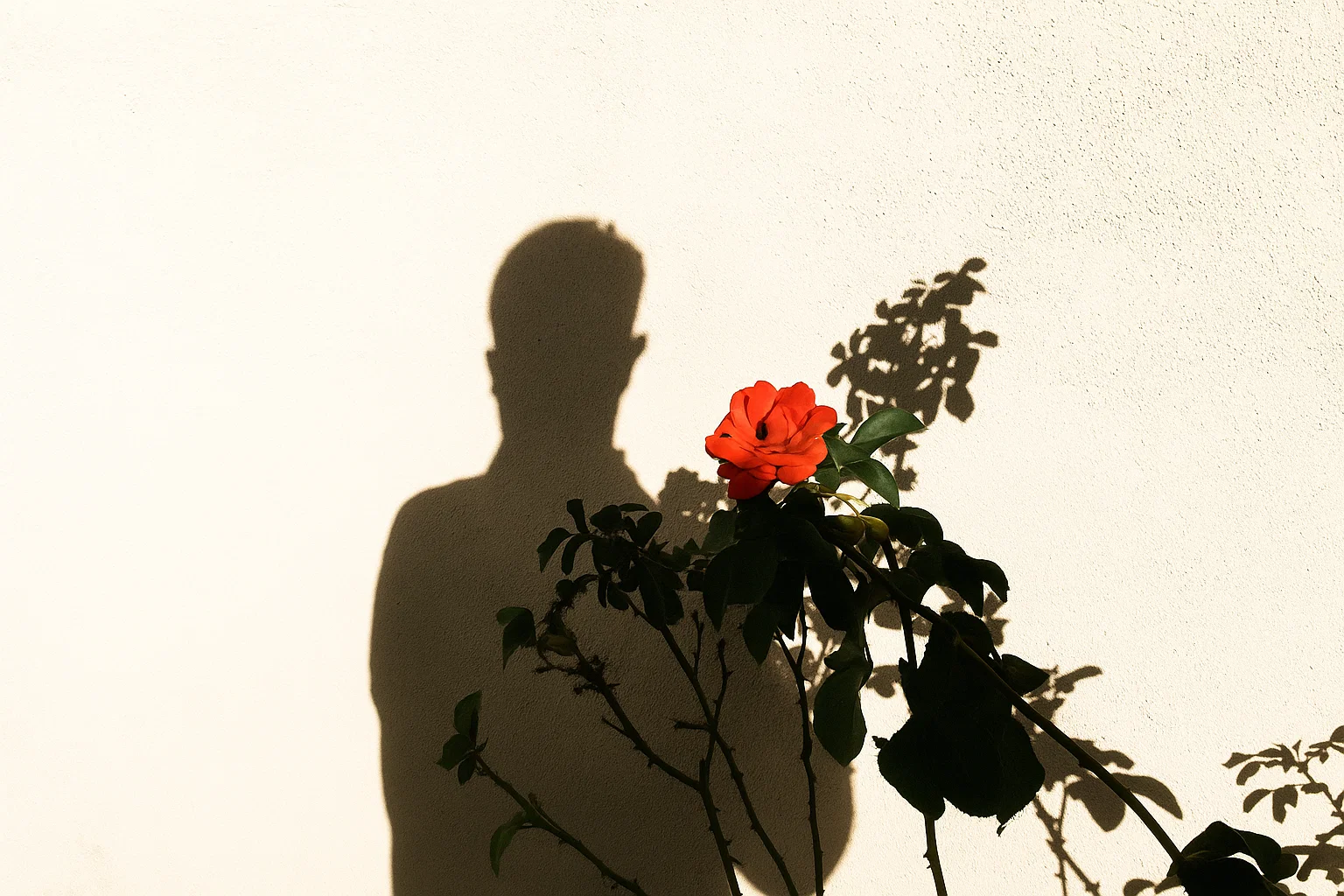There are those who play music and there are those who serve it. And, among the latter, there are a few who serve in silence, with no cry for witness. In the long corridors of sound that stretch from underground bunkers to ruins of churches unseen, some hands work the turntable like an altar, not for fame nor frenzy but for something older: a ministry of shadows, of thresholds, of veiled remembrance. One of those hands belonged to a man whose name, in the liturgy of the hours, was never his own. Juan Mendez, called Silent Servant, moved like a cipher through the dark architectures of techno, bringing with him not only sound but sacrament.
He emerged in a time when techno had begun shedding its Detroit origins and exploring colder, starker frontiers. But, unlike many who merely adopted the textures of post-punk or industrial, Silent Servant embodied them as ritual. His sound was mourning; haunting. Through his solo works, his presence in collectives like Sandwell District, and his quiet dedication to others’ efforts, he performed the forgotten office of the viator; the guide. Like Orpheus facing away, he never looked into the eye of the crowd. His was the voice of the underworld’s threshold.
This essay is not a biography. It is a defence of the DJ as thaumaturge; of the servant who does not wish to be seen; of the one who opens doors for others, not by force but by atmosphere. It is a mirror held up to those who, like Juan, choose to transmit symbols; veils over faces; knives over brands. It is a study of silence as magic; of the sound system as a machinery of descent.
I. The Knife Behind the Rose: Symbol as Threshold
In ancient rites, there were no instructions but symbols. A mask; a sigil; a fragment of melody carried through the night. The work of Juan M. revived that structure within a post-industrial frame. His use of visual motifs drawn from deathrock, anarcho-punk, and blackened minimalism was not only aesthetic but also initiatic. He chose the Rose, yes, always pressed, bloodied, cracked. A Rose cut by a blade.

To speak of the Rose without speaking it is the way of the servant. In alchemical texts, it is the soul under pressure; the vessel of transmutation; the flowering of secrecy. Juan arranged sound and image so the listener could recall it. The booth became a chamber of echoes. Like the Eleusinian hierophant who showed only an ear of grain, he brought symbols emptied of meaning, so they could be filled with memory.
He offered neither doctrine nor genre. What he created was space for the subterranean to rise. This echoes the myth of Melinoe, daughter of Hades, whose presence causes all to remember their underworld roots. A DJ like Juan is a recoverer through selections, edits, transitions, conducting an archaeology of the soul.
The knife, that other symbol, equally present in his iconography, belongs to Hermes as psychopompos; to the blade that severs the known from the unknown. Juan sliced through nostalgia and trend; he made room for the other side. And those who heard, even once, know the path he opened is still echoing.
II. The Cloak of the Viator: On the Role of the Silent Guide
There is a role older than the star. Before the performer, there was the guide; the one who carries the lamp. The viator. The one who has walked the path and returned to point the way again. Juan’s refusal to centre himself was not modesty. He knew that certain presences cannot act unless the ego retreats. He was a cloak, a channel, a shadow through which sound could pass.
The collectives he supported, the artists he uplifted, the mixes he recorded not for praise but for necessity, all point to an older ethic. Like the medieval fool for Christ, or the wandering fakir, he moved unnoticed and, in doing so, made others luminous. One thinks of the Orphic myth where the guide sings not for glory but for remembrance. Juan’s life was a study in artistic kenosis; a pouring out of self so that others may emerge.
His work with Tropic of Cancer reveals this in clearest form. There he was not frontman but frequency; he provided architecture for sorrow, scaffolding for the unsayable. In Sandwell District, his presence was that of the stabiliser; the hand that kept the wheel turning but never touched the crown. This role is spiritual; hermetic; veiled. It is the same path walked by the anonymous scribes of the Nag Hammadi, or the unnamed copyists of Persian grimoires. It is not the voice that speaks, but the silence that carries it.
III. Sound as Descent: The Liturgy of the Floor
In rites of katabasis, the journey is marked by stages: crossing a river; losing one’s name; hearing the names of the dead. The DJ set, when understood hermetically, is just that. A descent through tempo, through texture, through trance. Juan M. understood this. His sets eroded. They moved downward, inward, into strata of memory most refuse to tread.

Like Nephthys in her spiral of veils, each track dissolved a contour. Each transition acted as a subtraction; a peeling back rather than a layering. The floor, once truly seized, ceased to behave as gathering or spectacle; it shifted into rite. Juan served this motion. He refrained from control; he conjured presence. His precision lay in absence; in allowing the machinery of rhythm to awaken memory and myth without intrusion.
One could trace this back to the Dionysian mysteries, or to the Roman Saturnalia, where social order is undone to allow a sacred inversion. In the best sets, Juan performed inversion not as spectacle but as necessity. For those who followed, the world felt briefly reconfigured; the inner self aligned to the outer sound. In this, he joins a lineage of sonic mystics, from Eliane Radigue to Coil. But his place was always more veiled, more silent. He did not record manifestos. He left impressions. Like the footstep in wet ash; like the feather pressed into the altar.
IV. Black Mirror: The Booth as Threshold Device
Once the booth was a shrine. Today, the techno floor has tilted toward frenzy. In a cultural moment where the genre has risen past 138 beats per minute, and often climbs toward 145, rhythm is an ever-insisting beat, to which the listener reacts. Little is permitted to breathe. Gone is the looping invocation, the spiralled trance, the exegesis of repetition. In its place stands an excess of climax. The presence of a voice in a track, once hierophantic and veiled, now erupts like a spectacle of release.
Juan operated in a different register. His tempos rarely rushed. They hovered between 128 and 133 bpm, a zone long known to open the subtle body and permit descent. Within that slowness lies the threshold. The booth, for him, was a black mirror for absorbing projection. He stood in alignment with the figures who use sound to shape time: like Saturn measuring the edge of form, or Mercury carving thresholds between visible and hidden. His sets were spells built in tempo, sequence, and space.
Slowly-paced techno does not seduce through acceleration but opens through dilation. In that tempo, the body listens, absorbs, and dissolves. The rhythm communes. Juan knew this geometry of breath. He kept the pulse low not out of restraint but precision. Like lunar priests aligning rites with tides, he timed his sequences to the inner ear. Above 140, the body armours itself; below 133, it releases. This was the calculus: spiral and ritual. And so the booth remained, under his care, a still chamber through which the echo of the divine might pass.
This discipline evokes forgotten frames: the bronze-lipped bowls of oracles, the calibrated pauses of liturgy, the pulse of subterranean rites. A Juan set allowed for undoing; each loop, an invocation; each silence, an aperture. It asked for reverence and it gave back something that no spotlight can: the architecture of return.
Epilogue: The Servant Remains
The rose remains; not blooming in public, but pressed between vinyl sleeves and kept like a reliquary between tracks. The knife, too, remains; not brandished, but set gently on the altar of resonance. Nothing is louder than what chooses quiet. The servant lives on in gestures In the restraint of a mix that never breaks; in the refusal to caption a sacred moment; in the hands that guide the floor into trance without spectacle. Juan curated the contours of the centre. And those who feel the weight of that choice, i.e., those who understand silence as vocation, carry his Spirit without needing to name him.
His presence is known by its echo. One recognises it in those who withdraw from the stage to allow the symbol to breathe. In DJs who offer sets as offerings; in collectives that transmit ethos through artwork rather than slogans. The servant was never absent. He is the atmosphere when the ego evaporates. The arc traced between tracks that do not follow logic but lead by scent, by shadow, by gravity. Like a modern Melchizedek without priesthood or genealogy, he appears when the rite begins and vanishes with its closing frequency. This is the inheritance: a current, more than a legacy.
The rest is silence.
